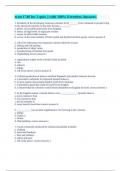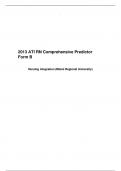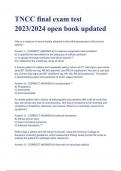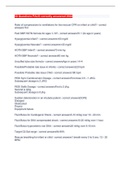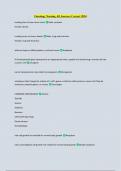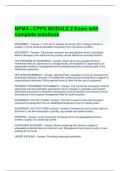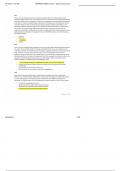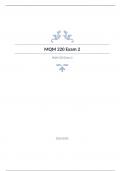Exam (elaborations)
econ 1740 hw 2 quiz || with 100% Errorless Answers.
- Course
- Institution
1. Residents of the developing American colonies lived _______ lives compared to people living in the advanced countries of that time because ________. a. better; of favorable protections from England b. better; of high levels of output per worker. c. worse; of unfavorable taxation d. worse; of...
[Show more]
